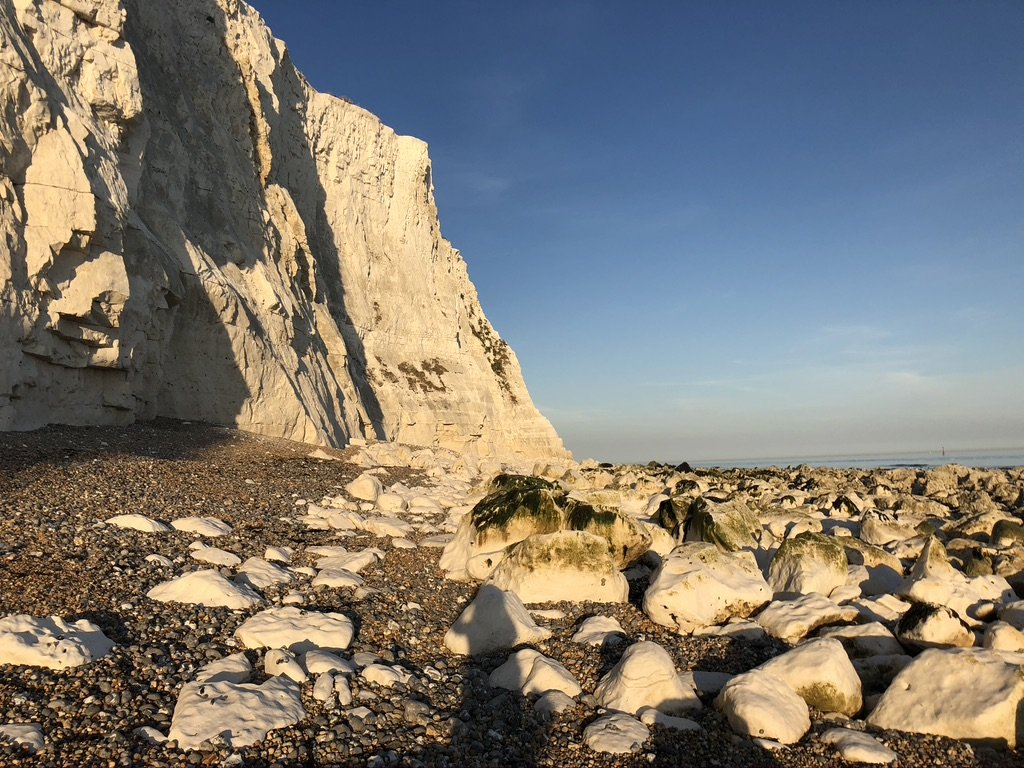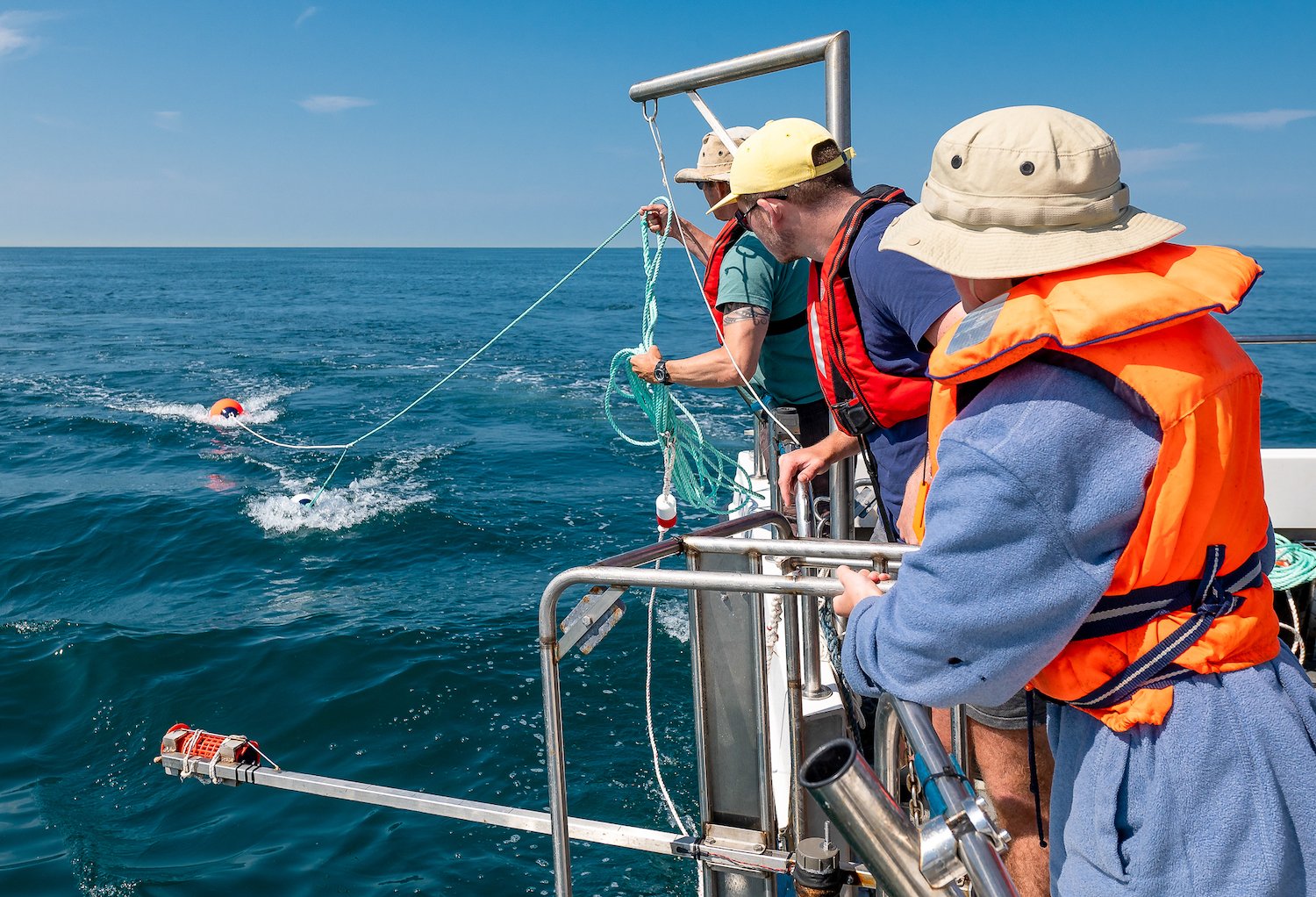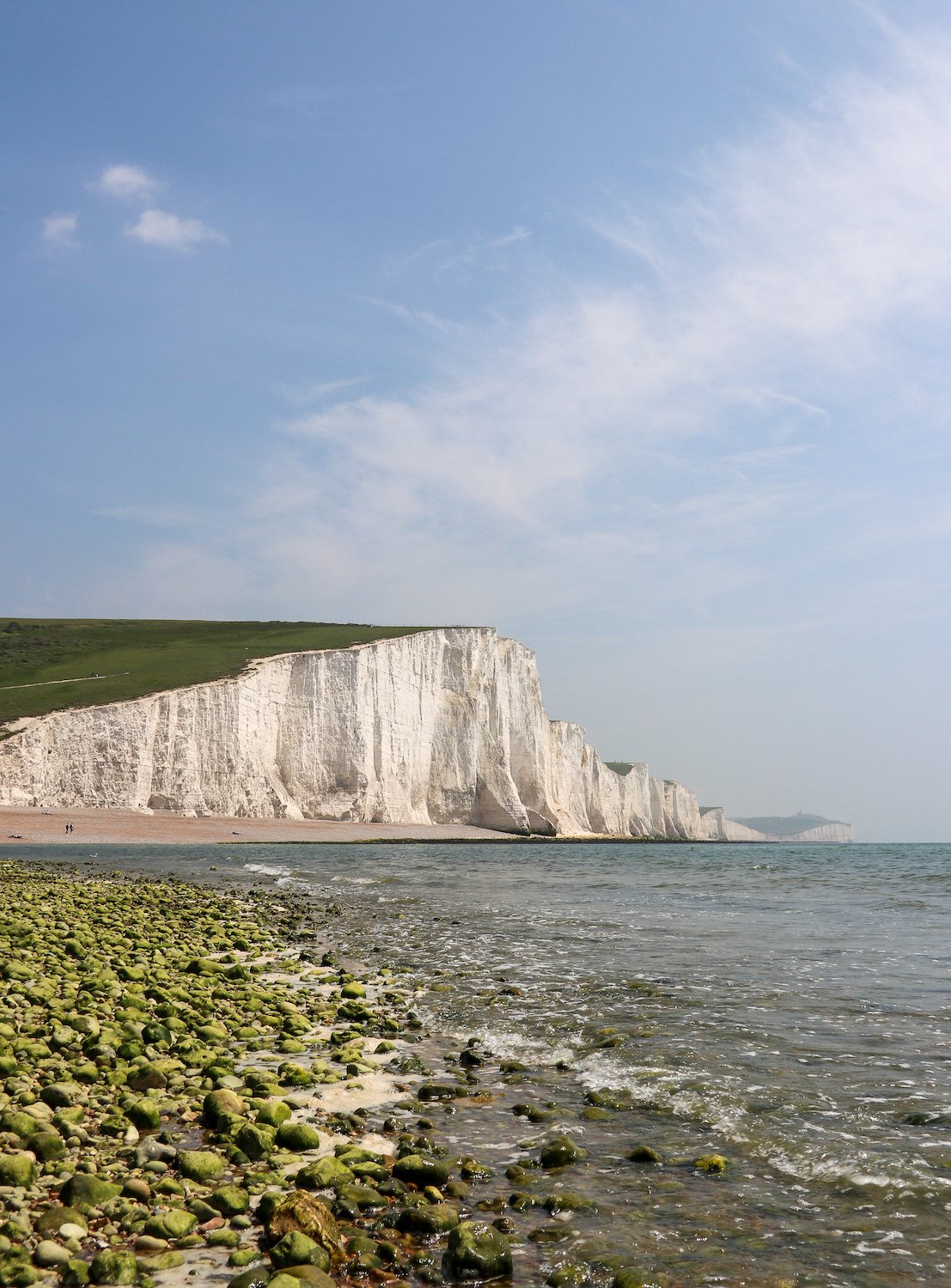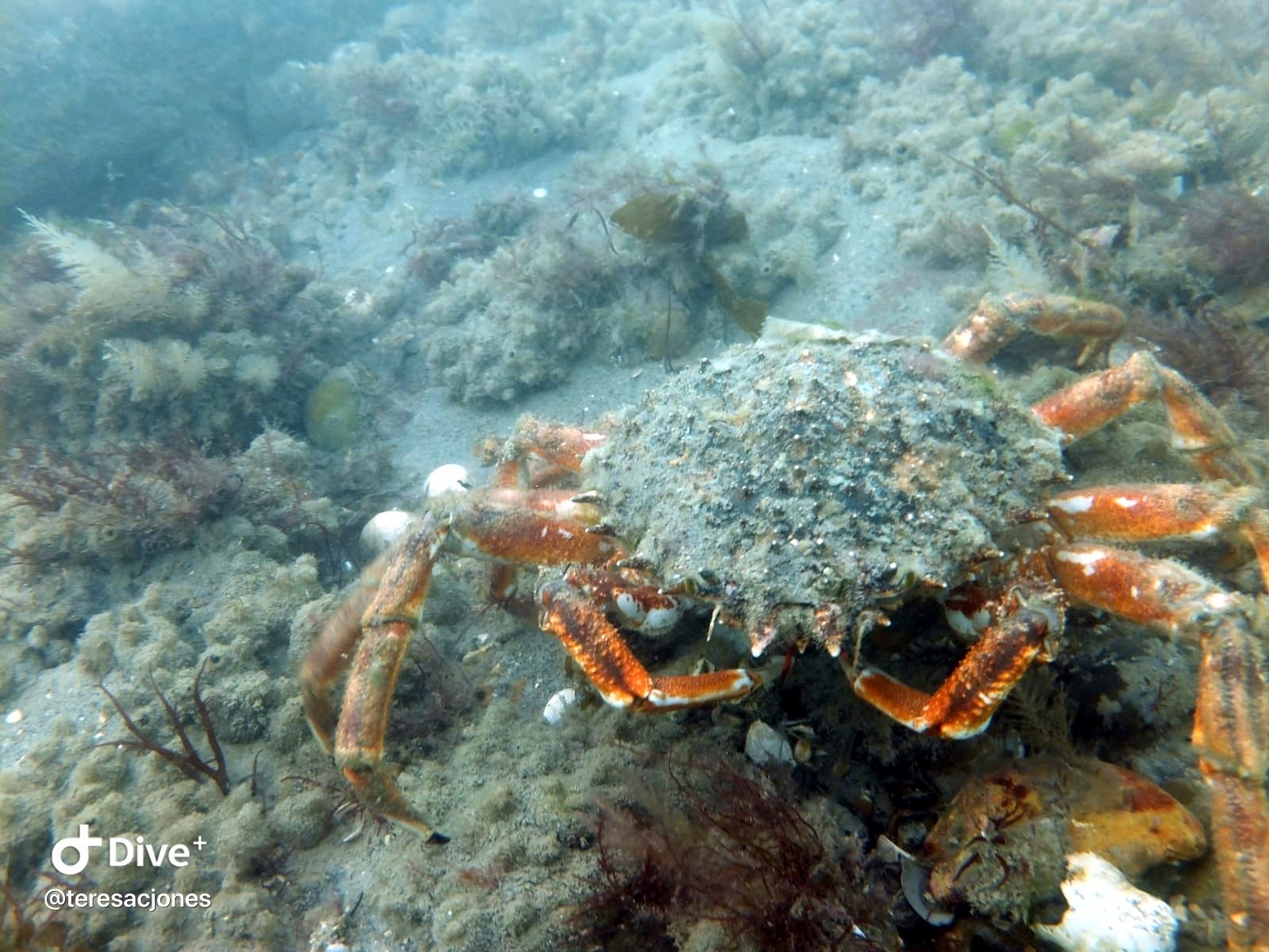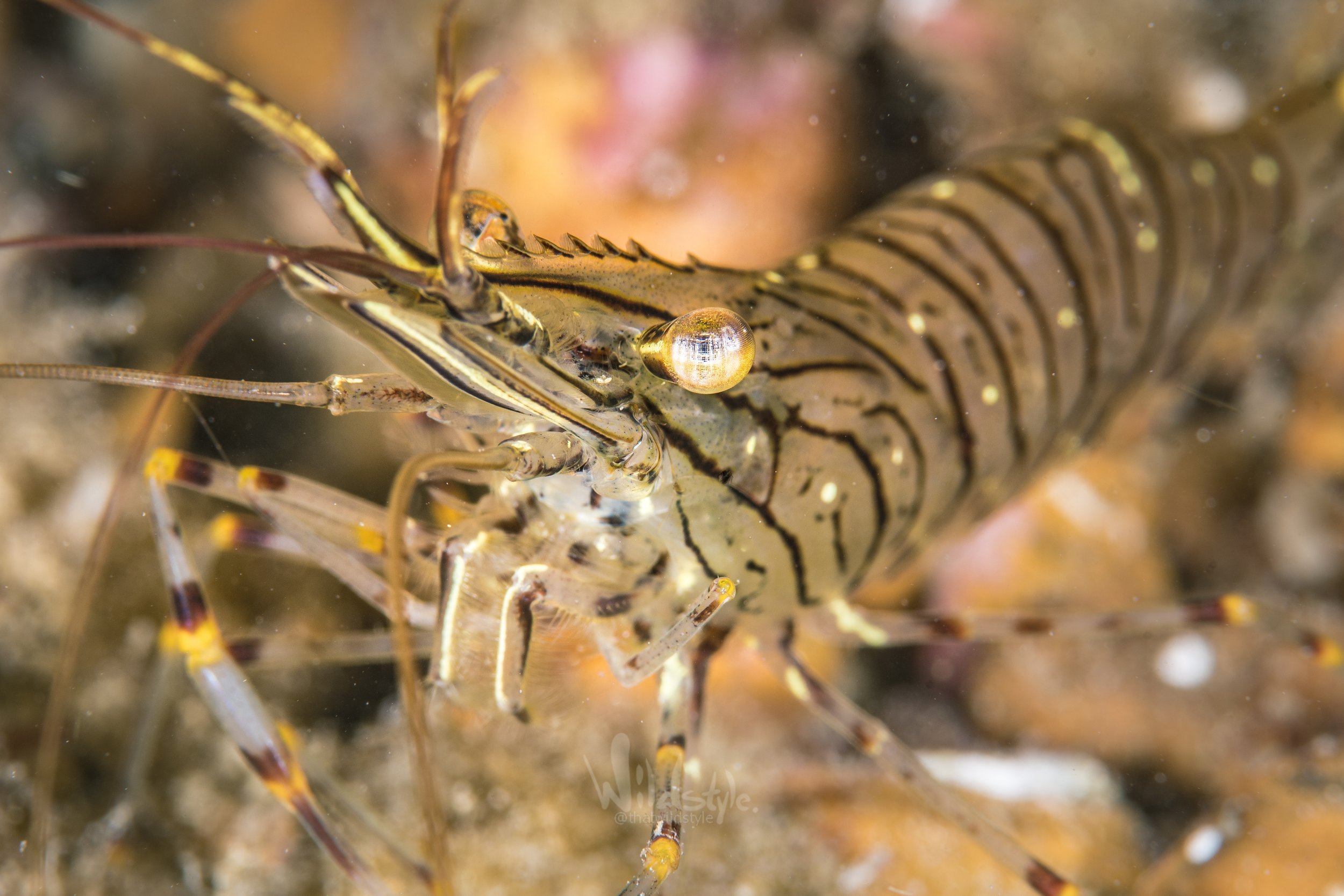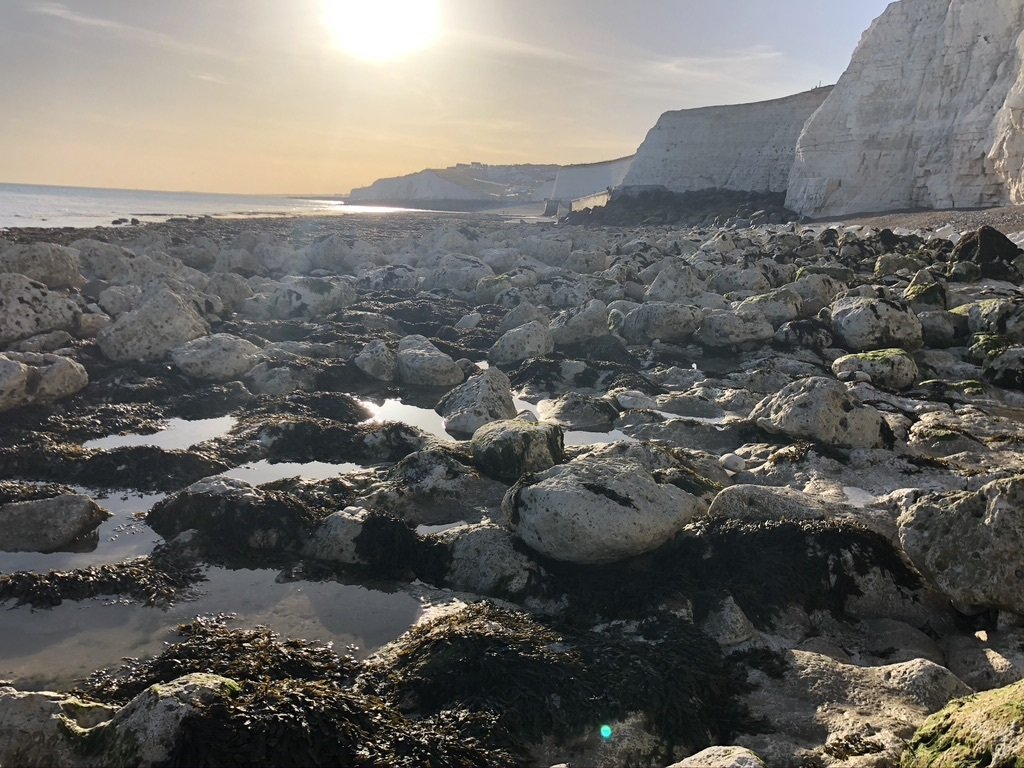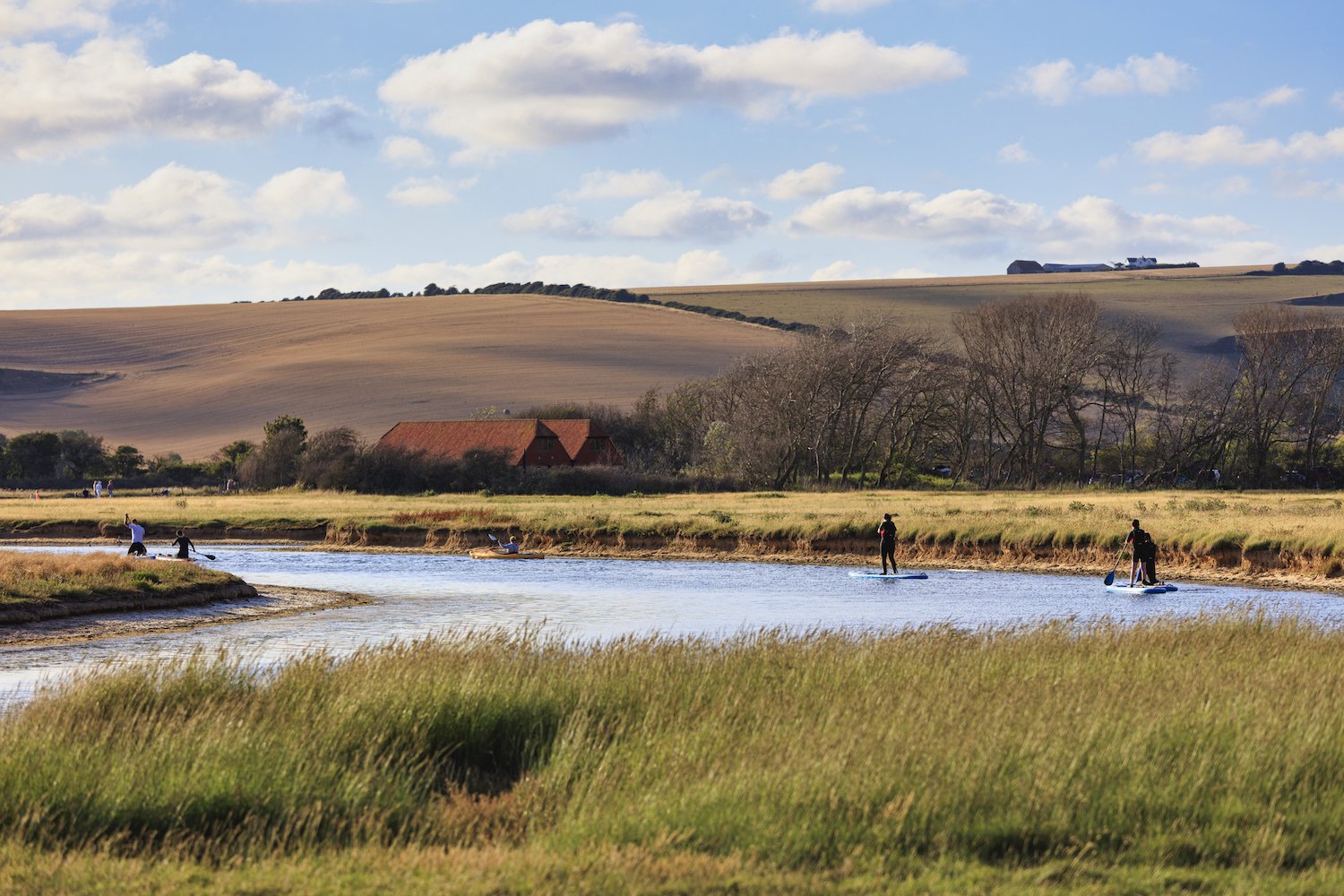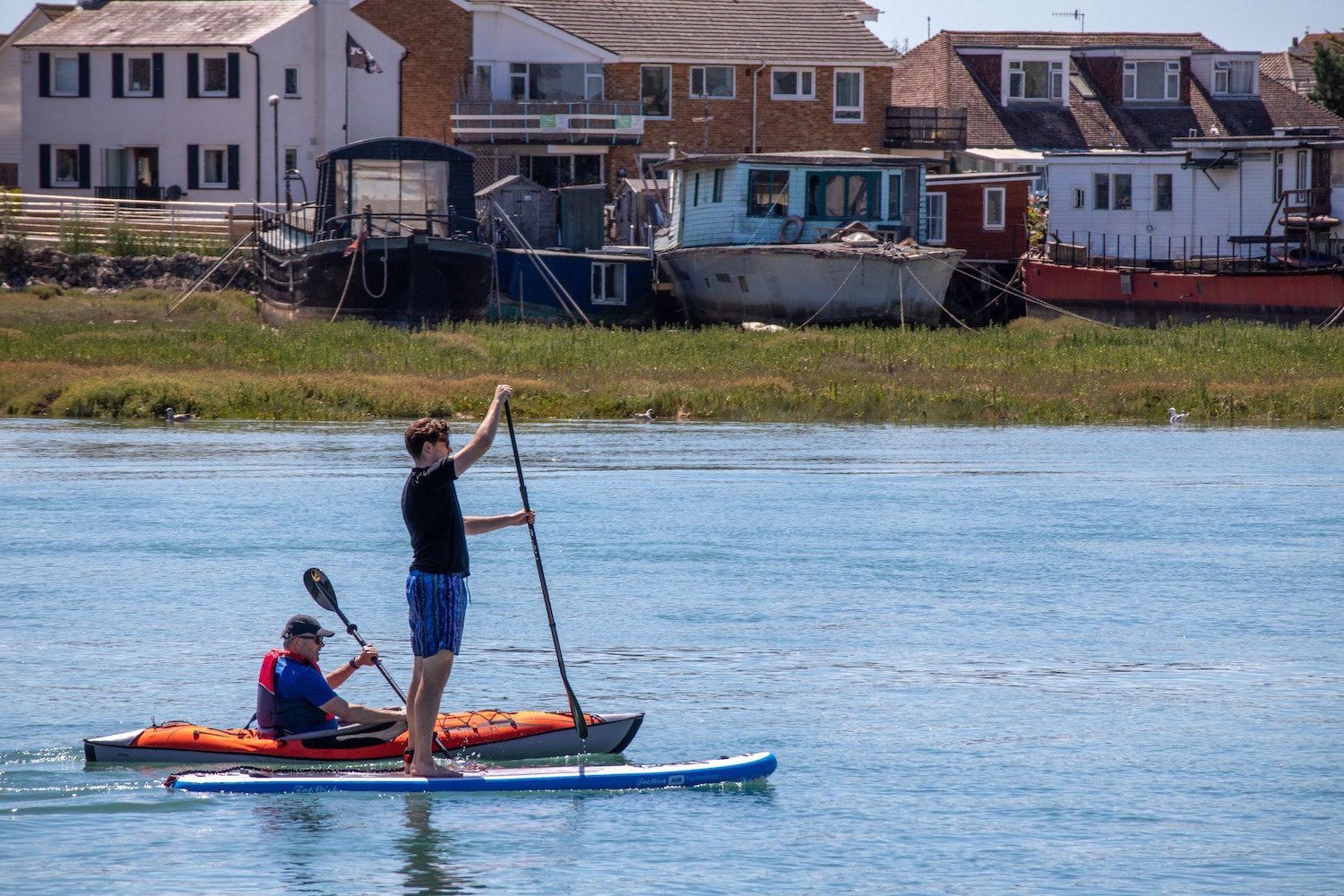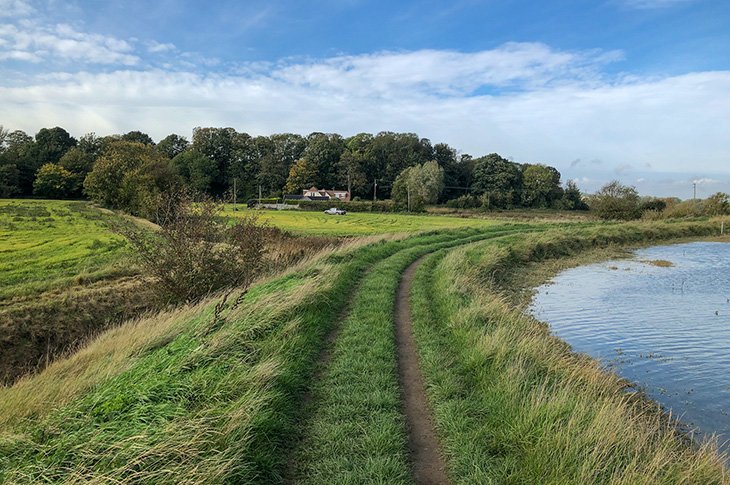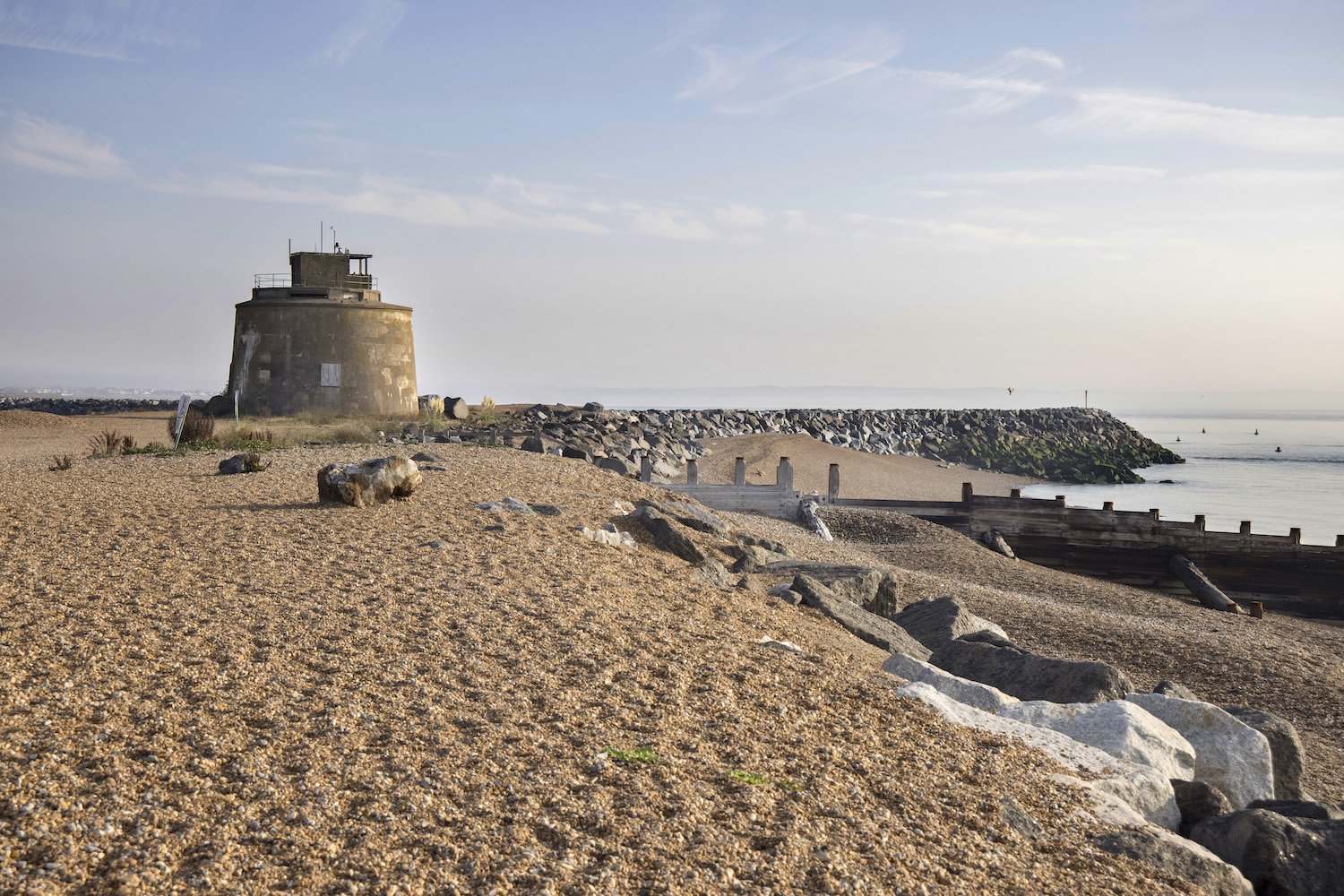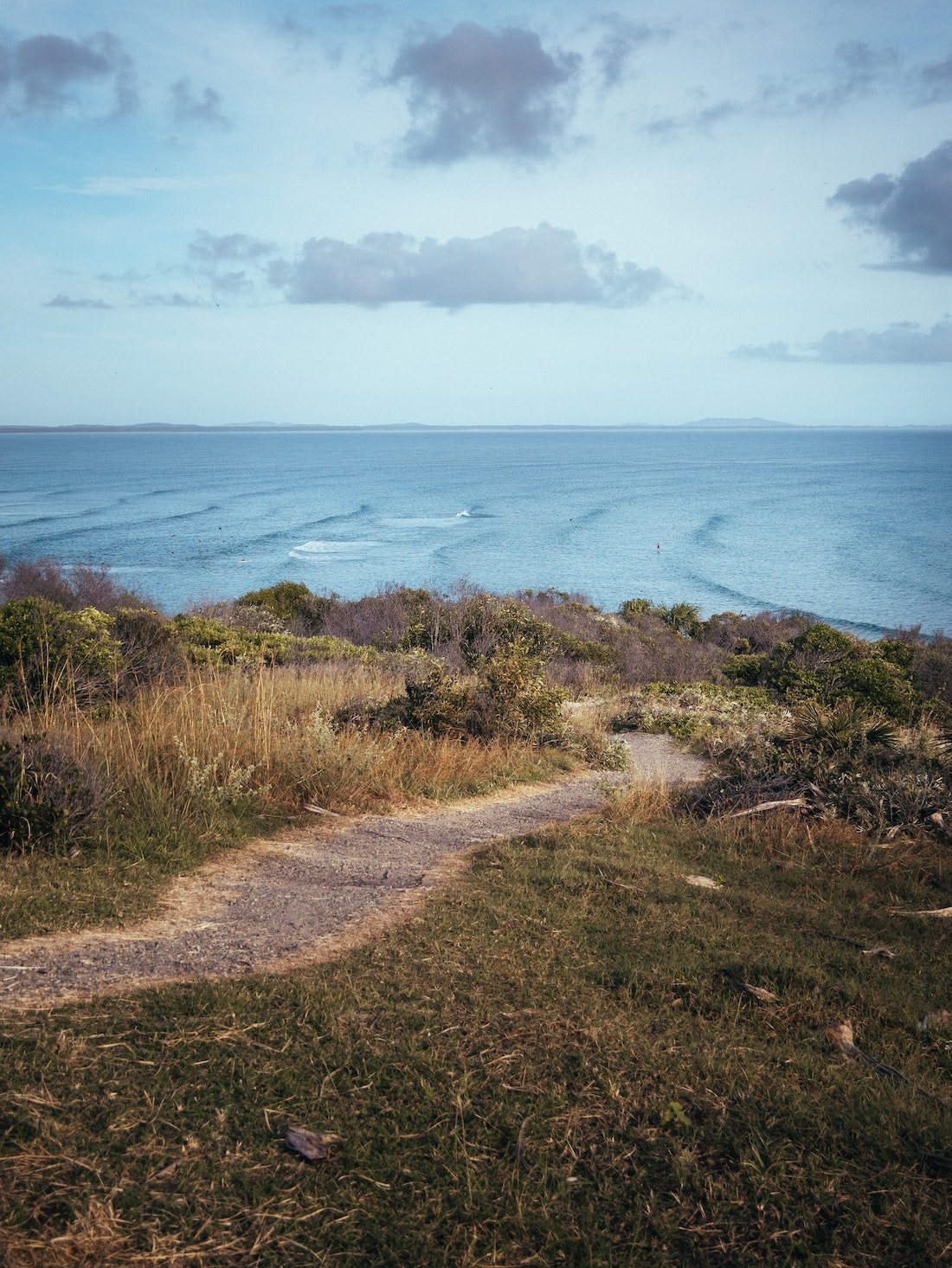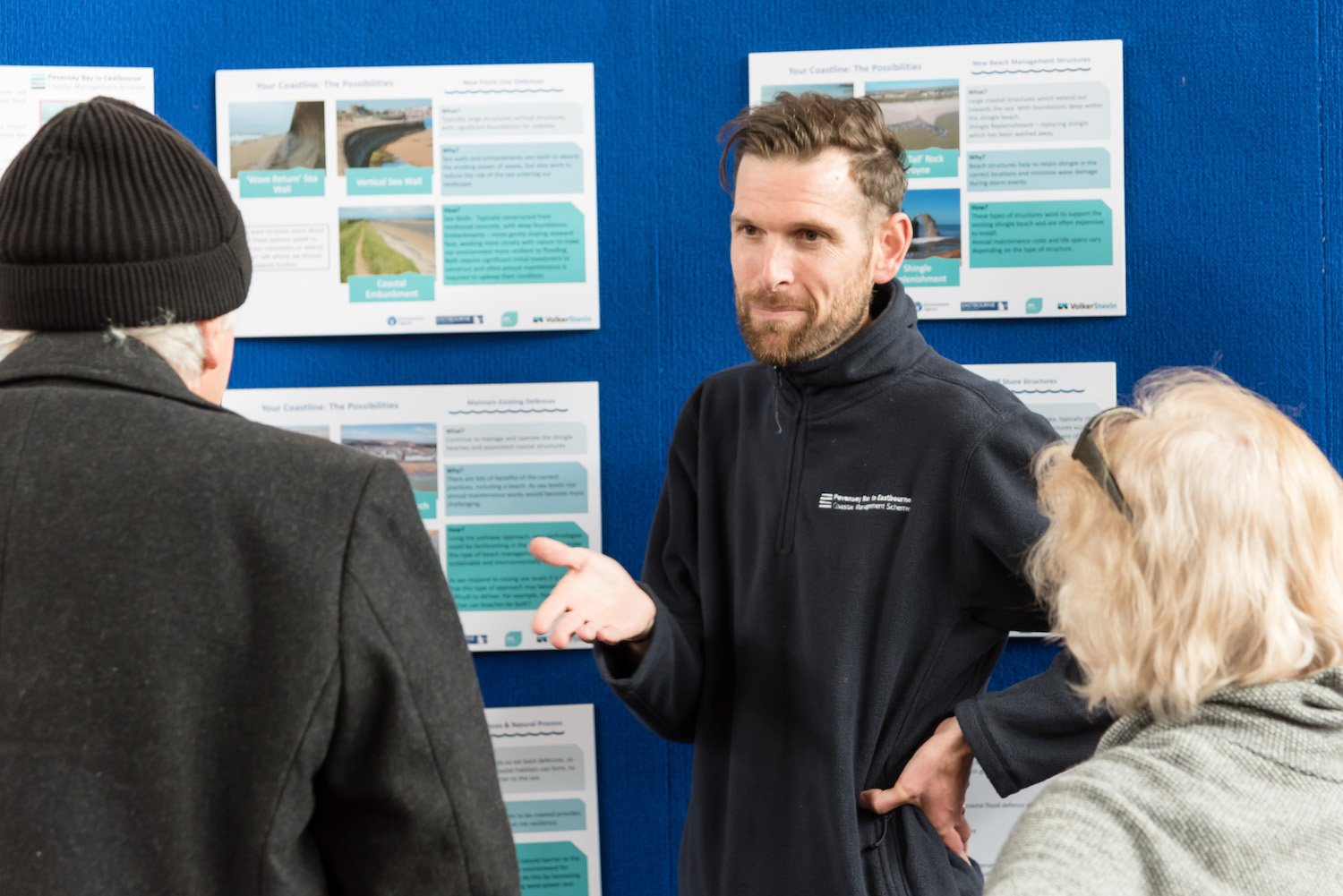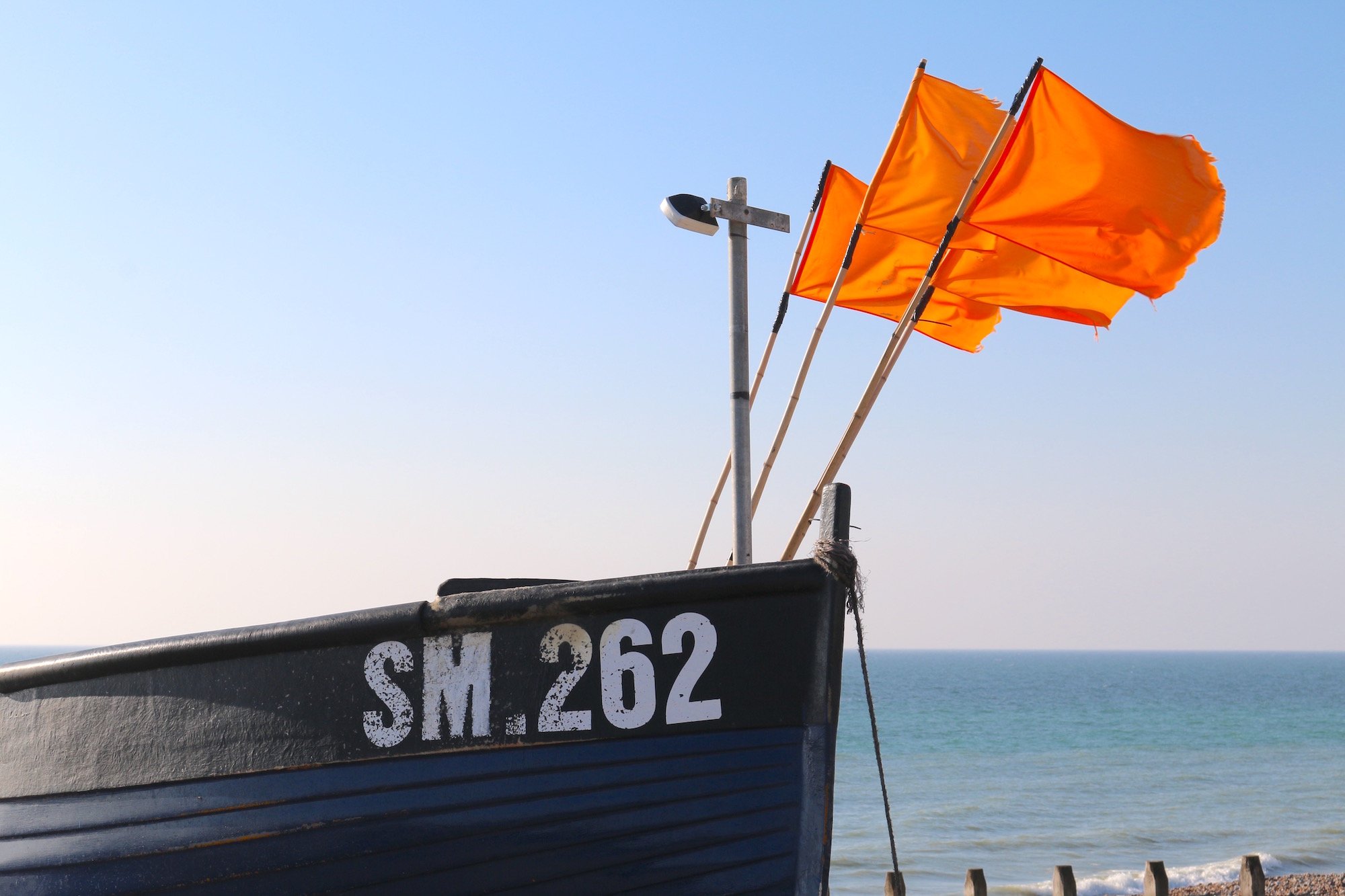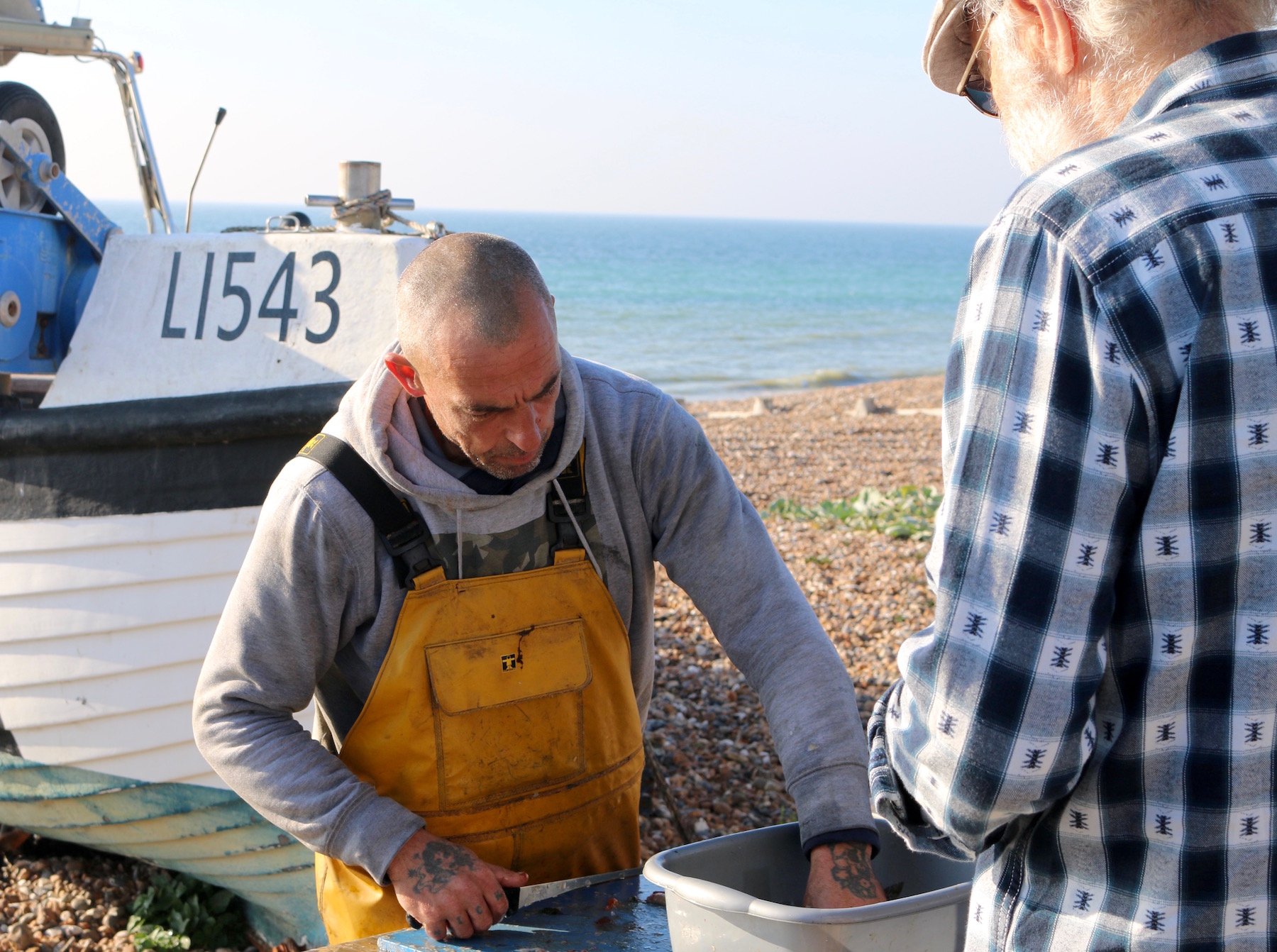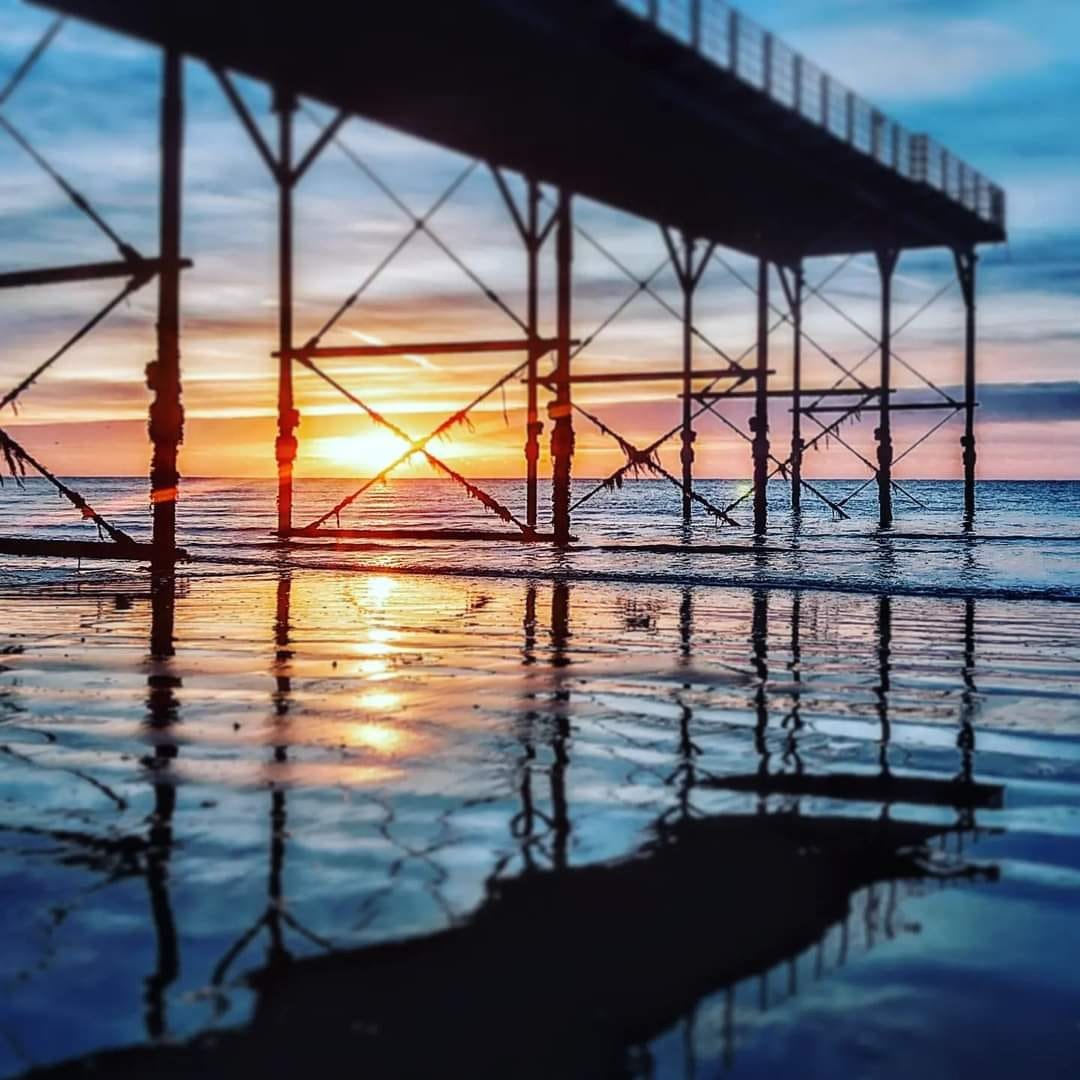Supporting projects across Sussex Bay
Our goal is to celebrate, amplify and support the amazing work being done by so many organisations in Sussex Bay to drive blue nature recovery. During 2024, we will bring project teams together with a wide range of stakeholders and communities to create a seascape recovery strategy. We aim to show where further natural habitats could be restored, and to galvanise action at and even larger scale.
The Sussex Bay area already has projects of national and international importance, from the recovery of the West Sussex kelp beds, the Adur River Restoration project, Weald to Waves, the Eastbourne/Pevensey coastal defence scheme and many more.
We will update this page with more examples of projects operating across Sussex Bay throughout the year. If you would like your project featured, please contact us and we will reach out to discuss your project.
The UK’s first Blue Natural Capital Lab
Funding and developing seascape projects is difficult. Marine, coastal and estuarine recovery is generally small scale and there are a lot of hurdles in the way.
Projects spend a lot of time applying for funding, dealing with regulation and licensing which can be costly, and more fundamentally there are very few organisations working in the field. Joined-up seascape level thinking is very new, and around the UK we’re not even sure where habitat and species recovery is actually needed.
Sussex Bay has identified a series of key barriers that need to be tackled to unlock progress. That’s why we’re setting up the UK’s first Blue Natural Capital Lab, a place for collaboration, innovation, and testing.
We aim to bring key agencies, local partners and communities together, including from key national policy teams, to explore better seascape planning, funding and project development. We hope to help coordinate scientific research in Sussex Bay, and enable innovation in research and monitoring methods, including the use of new technology.
The Sussex Kelp Recovery Project
Rewilding the Sussex seabed
The Sussex Kelp Recovery Project operates in the nearshore of Sussex Bay. The project is a collaboration of local and UK organisations taking an evidence-based, high quality science-led approach to tackle the challenges and opportunities of the Sussex kelp recovery. They are focussed on the monitoring and benchmarking of the Sussex Kelp, to establish change over time following the Sussex Nearshore Trawling Byelaw.
At the heart of the project are the Sussex Wildlife Trust (Chair), Blue Marine Foundation, Sussex IFCA, Adur & Worthing Councils and Sussex Bay, Zoological Society of London, University of Brighton, and UCL working closely with Sussex Underwater, Big Wave Productions and other academic institutions. To find out more about the work please see here
Adur Landscape Recovery
Land managers working together
Sussex Bay is working with Adur District Council and a range of partners and landowners to revitalise and restore the River Adur in West Sussex. As one of 22 national Landscape Recovery pilots funded by Defra, 27 farmers and land managers are exploring ways to revive floodplains, increase biodiversity and improve water quality through collaboration, open learning and public engagement.
Adur District Council purchased over 110 acres of land, with a view to creating intertidal habitat and wetlands. Working alongside Knepp Wildland Foundation (Weald to Waves), Ouse & Adur Rivers Trust, Sussex Wildlife Trust and Horsham District Council, the project aims to create a new connected corridor of farmed habitats from the estuary in Shoreham-by-sea up to the Knepp Estate, improving resilience to both drought and flooding.
Pevensey to Eastbourne
Coastal Management Scheme
Sussex Bay is working with The Environment Agency, Lewes and Eastbourne Councils, partners and local communities for a £100+ million investment in flood defence, in response to the climate emergency. This is one of the largest such projects in UK. Partners seek to make the stretch from Pevensey Bay to Eastbourne resilient to coastal flooding.
The scheme will reduce the risk of flooding and coastal erosion to an estimated 10,000 residential properties as well as key infrastructure, local businesses, heritage sites and nature conservation areas. It also aims to increase biodiversity by 20% and reduce the carbon generated by the project, becoming Net Zero by 2030.
Respecting our Fishers communities and history
Sussex Bay is respectful of our small-scale sustainable fisheries heritage and we continue to seek income opportunities for small boat fishing communities.
We are keen to understand the impact of the 2021 large-scale fish trawling ban protecting parts of the Sussex Bay seabed area.
We will engage with communities, scientists, regulators and other partners as we co-produce our Sussex Bay seascape recovery strategy.
WE INVITE THE PUBLIC, PROJECTS, FUNDERS AND EXPERTS TO GET TO KNOW SUSSEX BAY.
